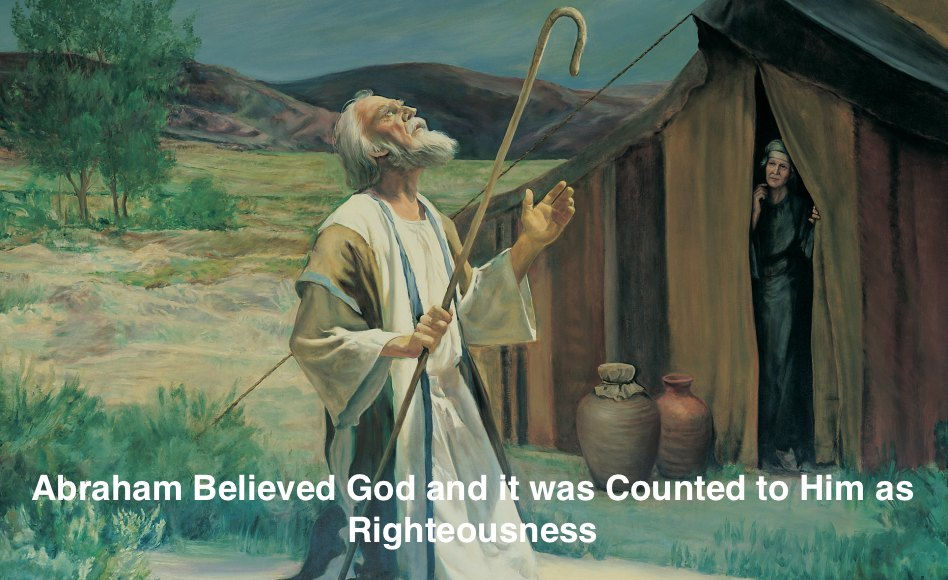The Silence at the Scourging of Christ
- Keith Thomas
- Nov 11, 2023
- 3 min read

Over the last few days, we have been thinking about Jesus' appearance before Herod and Pilate. Pilate pronounced Jesus not guilty, but the priests and elders would not accept this verdict and persisted in demanding Jesus' crucifixion (John 18:38-39). Pilate then gave the people a choice between Jesus and a notorious insurrectionist and murderer by the name of Barabbas. They chose Barabbas over Christ and both John and Matthew record that after the freeing of Barabbas, Pilate had Jesus flogged (Matthew 27:26).
1Then Pilate took Jesus and had him flogged. 2The soldiers twisted together a crown of thorns and put it on his head. They clothed him in a purple robe 3and went up to him again and again, saying, "Hail, king of the Jews!" And they slapped him in the face. 4Once more Pilate came out and said to the Jews gathered there, "Look, I am bringing him out to you to let you know that I find no basis for a charge against him." 5When Jesus came out wearing the crown of thorns and the purple robe, Pilate said to them, "Here is the man!" (John 19:1-5).
Luke wrote that Pilate's motive in flogging Jesus was to appease the Jews. "Therefore, I will punish him and then release him" (Luke 23:16). Pilate hoped that the scourging of Christ's back would provoke some sympathy and mercy for this innocent Man and satisfy the mob's bloodlust when they saw Jesus. Roman scourging was called "the halfway death" because it was supposed to stop just this side of death and not be handed out in addition to another punishment. The two "thieves" also to be crucified were not scourged. A Jewish law, the Mithah Arikhta, forbade prolonging death for condemned criminals and exempted those who were to die from the shame of being scourged. Since Jewish and Roman law were disregarded in Christ's punishment, the innocent Jesus was treated worse than a common criminal.
Flogging or scourging was a terrible way to inflict pain on a man. Jesus' back would have been stretched over a whipping post so He could not move, while two men on either side would prepare themselves by choosing the implements of scourging. Scourging by the Romans took one of three forms. There was the fustes, a light beating with strips of leather administered as a warning. Then there was the flagella, a severe beating, and lastly, the verbera, a severe flogging delivered with a whip with several leather thongs with pieces of metal or bone tied on the ends. Pastor Chuck Smith states that the victim was expected to confess his crime with each stripe of the whip. If the sufferer shouted out one of his sins, the lictor (the one administering the scourging) would ease up on the punishment until, in the end, the implement used was just the leather strap. The easing up of the scourging didn't happen with Jesus, for He had no sins to confess, and so, just as Isaiah prophesied more than five hundred years previously, “as a sheep before its shearers is silent, He did not open His mouth” (Isaiah 53:7).
The silence of Christ and the lack of confession of any sin would have brought the lictors to use the severest form of scourging, the verbera. This kind of scourging would tear pieces of skin off His back and leave Him with bone and entrails exposed. The prophet, King David, prophetically saw this and wrote in the book of Psalms: "All my bones are on display; people stare and gloat over me" (Psalms 22:17). The Gospels do not tell us how many times they whipped Jesus, but the Apostle Paul had thirty-nine lashes on five different occasions (2 Corinthians 11:24). Tradition has it that this was so with Jesus as well.
That Jesus would be willing to bear our sin upon Himself and have it nailed to the cross for us proves His great love for us: “But God shows his love for us in that while we were still sinners, Christ died for us" (Romans 5:8). Keith Thomas.
If you'd like to share these thoughts on your social media, click the Facebook, Twitter, or email link further down, and it will automatically put it on your page; you’ll just have to click to publish.
The YouTube teaching on this topic is on the link following: https://youtu.be/1ZQ637TPnCM
The written study #38 is found in John’s Gospel: 38. Jesus Sentenced to be Crucified





Comments